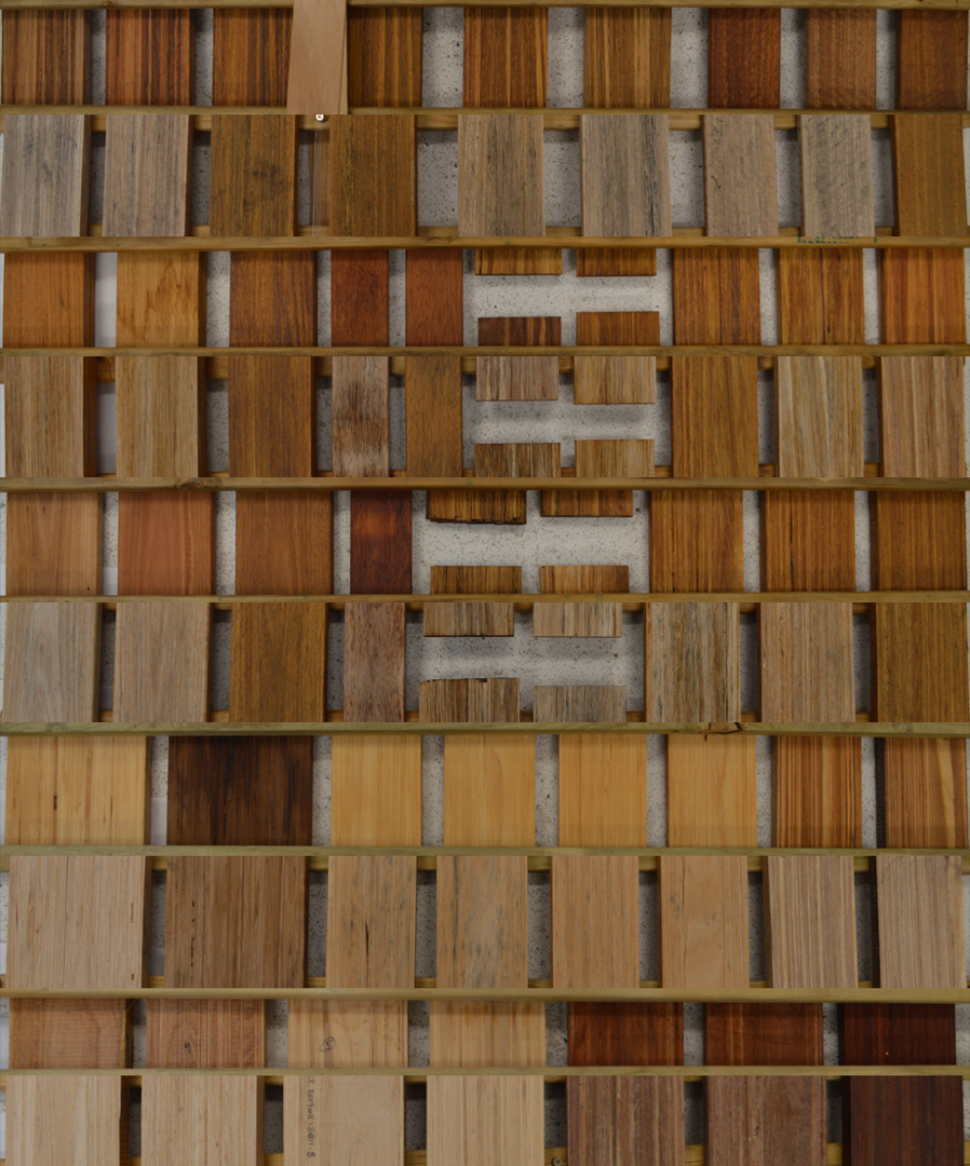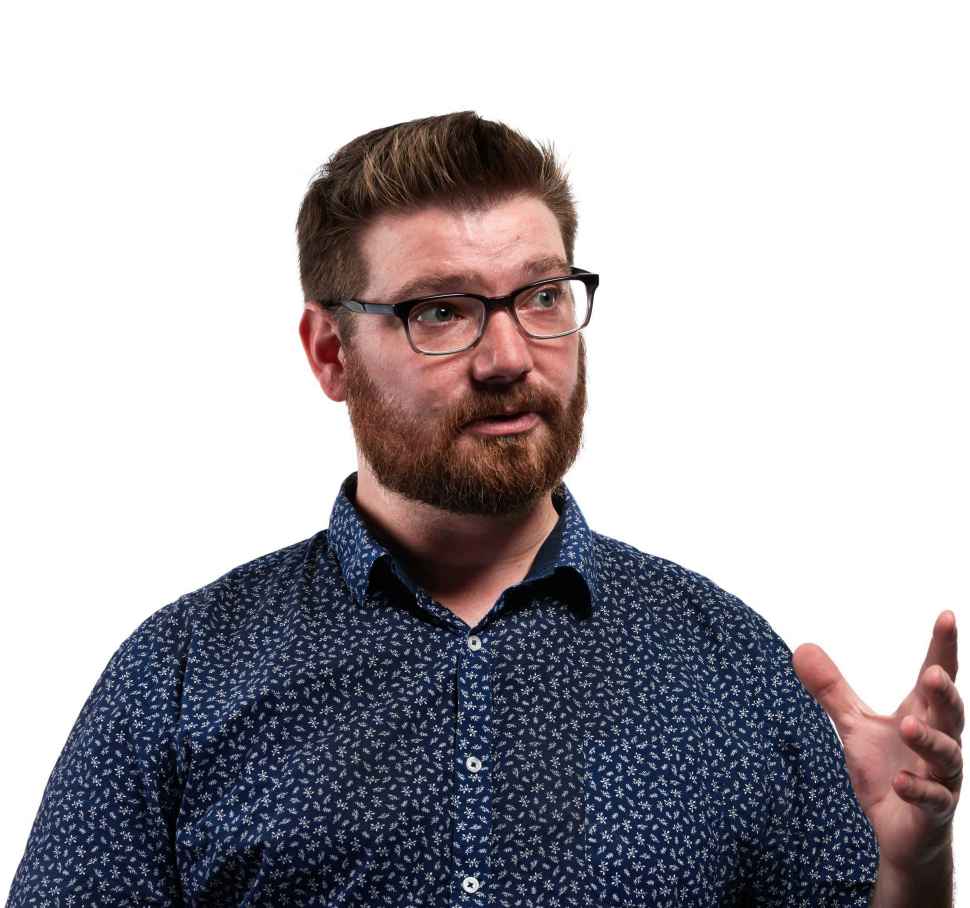Environment
Our planet is one-of-a-kind
It’s vital that we safeguard the planet. We rely on its natural resources for food, materials, energy and warmth.
We develop sustainable methods and knowledge related to the environment in general as well as key sectors such as marine, mining and manufacturing in order to safeguard the planet for future generations.
Our researchers are driving environmental change forwards and contributing to sustainable technologies in chemical and material fabrication, energy generation and efforts to monitor, capture and remove harmful substances from the environment. We want to stop destructive exploitation of the Earth and reverse damage to the environment around us; so we’re looking to change the way we live and work.
Examples of our environment research topics include green chemistry, antifouling coatings, PFAS capture, sustainable mining and remediation, nano and microplastics analysis.
With the help of government, not-for-profit and business partnerships, we are pursuing new ways of thinking to disrupt industry and make a difference to the world around us.
Repelling algae and mussels from our ships
If you put a ship in a harbour and leave it over time, algae and mussels grow on the surface. The subsequent drag consumes energy and has the potential to introduce unwanted marine life into eco-sensitive areas when the ship moves through the water. Before the early 2000s, the problem was solved by copper paint that kept boats clean—with disastrous environmental consequences. Copper paint is now banned in many countries.
Professor Mats Andersson and his team are developing an anti-biofouling paint, or coating, that prevents the growth of species like algae and mussels. The coating pulls copper from the sea while a ship is in the harbour and then passes a current to release the naturally occurring copper back into the ocean when it leaves the harbour. Amazingly, Mats has proved that it works. They’ve developed a material that draws copper from the water and holds it to a surface. The next step is releasing the copper back into the water. Once it’s working, this coating could be the environmentally-friendly answer to the problem of algae, mussels and other sea life impacting on marine transport.
Cleaner, greener mining
Toxic, flammable chemicals are common in mining. Even where safety protocols are strict, these chemicals are damaging to the environment.
Associate Professor Sarah Harmer and her team are working on replacing toxic chemicals in mining with bacteria in a technique called bio-floatation. Sarah is a physicist; she didn’t expect to be working with bacteria. At first, her work was based in theory and spectroscopic techniques (mostly working with spectromicroscopy: nanoscale resolution and imaging). Most reactions take place in liquids and gasses, so Sarah’s team started to develop an electro-chemical cell that mimics nature—using it to map chemical reactions. It soon occurred to her that this technique could be applied to mining. Clean chemistry is a major focus at Flinders University. It’s this focus that led Sarah to bacteria.
Over the past five years, Sarah’s team have been breeding bacteria that excrete polymer substances that can separate minerals from rock. Keeping them alive is a full-time job; a change of even a few degrees can kill them. This generation of bacteria can survive the toxic chemicals in some minerals and better dissolve the rock.
The real world of mining offers a spectrum of chemicals, and Sarah’s team are investigating how they react together, and with the bacteria. It’s an ideal combination where Sarah’s theoretical work with simulating real world chemical environments collides with her goals for cleaner, greener mining as she tests whether bacteria are, indeed, the solution.
By utilising the naturally occurring bacteria in soils on mining sites, we not only reduce costs but also begin to work towards a greener and more environmentally sustainable way of doing things.
Working with wood waste
Australia grows large quantities of pine, blue gum and eucalyptus. After about 10 years, farms undergo a thinning to clear room for growth and healthy trees. The trees that are removed are too small to create boards or planks of wood. Typically, they’re chipped and turned into paper or burned.
Professor David Lewis has found a new use. He’s taking those trees, peeling them like an apple to make wood veneer, adding glue, and crushing it together to make a block. With the stress removed and the fibre reinforced, the end product looks like a standard plank of wood—but it’s stronger and more stable. It also beats out plywood and other alternatives for strength.
David has a wonderful table that sits in his Tonsley campus office as proof.

Mercury poisoning almost 20 million people
There are mountains of sulphur around the planet. Seventy million tons of it are produced as a by-product of the oil industry alone. It’s used to make fertiliser, but not much else. Dr Justin Chalker is using it to solve one of the world’s greatest environmental and humanitarian issues: mercury pollution.
The largest source of mercury pollution is gold mining. Almost 20 million people in over 70 countries use mercury to mine for gold. Mercury causes environmental harm, but also damage to the human brain, kidneys and other organs. Children are born with disabilities due to exposure in utero. Death is common in adults, children and newborns. Many countries have already banned mercury use, but more work and better substitutes are needed to stop the practice. The challenge is not just chemical; it’s political, social and economic. Communities have been using mercury for hundreds of years. In some areas, people blame evil spirits and even the devil for mercury’s devastating effects. In others, the immediate financial reward and lack of other choices outweigh the long term costs.
By taking sulphur and waste cooking oil, Justin and his team are creating polymers that capture mercury pollution that then degrades safely in the environment. It’s creative, interesting chemistry. The team hopes it will form the backbone of new mining techniques that can be used in developing countries—techniques that are fast, easy, cheap, reliable, portable and don’t require training. Paired with education and government action, Justin thinks this solution could one day replace mercury in mining.

My primary motivation is to understand curious chemistry, unusual reactions, devising ways to make useful things that positively impact on the environment. Ideally we want to couple this with addressing global challenges.
![]()
Sturt Rd, Bedford Park
South Australia 5042
South Australia | Northern Territory
Global | Online
CRICOS Provider: 00114A TEQSA Provider ID: PRV12097 TEQSA category: Australian University








